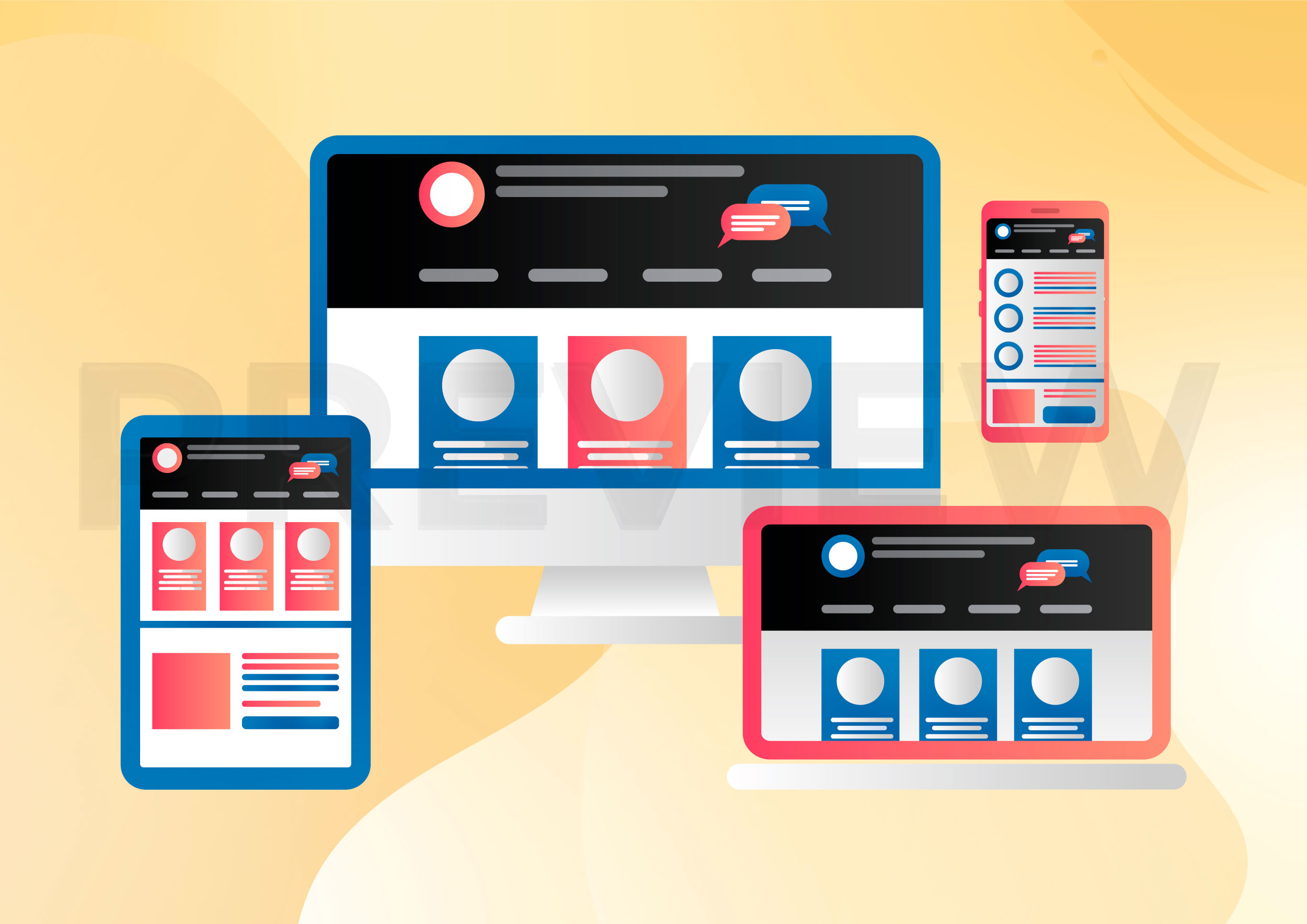
Accessibility has become an essential aspect of modern design. Unlike before, we now try to design for people with different abilities instead of just able-bodied people.
Brands that implement Universal Design ideals in their products or spaces see positive results that keep motivating them to continue further.
Our digital space is also seeing a revolution in design; websites and online platforms are implementing Universal Design principles on a large scale.
These principles are great to implement for all websites in general as they improve user experience across the board.
There is no doubt that the future of design is inclusive. So make sure you design your website to be relevant for years to come with these 13 practical tips.
1. Break up long paragraphs

Let’s start with the easiest step we can take; breaking up walls of text.
Long paragraphs are not only a chore to read for able-bodied users but also for people with reading impairments; long paragraphs can prevent them from being able to go through the website at all.
2. Avoid placing important text in images.
People with visual impairments use text-to-speech software to navigate the web. Generally, this software cannot read the content within an image.
If your website uses images that contain text for vital instructions or details, a visually impaired reader will not be able to access it.
Most websites today have moved on from using images to provide instructions in a visual manner.
Instead, web designers rely on HTML/CSS to simultaneously make instructions accessible and visually appealing.

3. Provide accurate “ALT” text for images
This tip ties in with our previous tip about making websites more accessible for visually impaired users.
Images are by far the most efficient way to convey a message. But they can prove to be a barrier for some users.
Providing accurate and descriptive “ALT” texts for images is essential to ensure that visually impaired users are also kept in the loop.

4. Manage Contrast
Contrast is one of the most critical factors in any visual representation. Poor contrast makes a website hard to process for all users.
High contrast can help users with navigation, but that may not be enough for all of your users.
Besides using high contrast, you should ensure that people with colour blindness are also accounted for while selecting your website’s colour theme.
5. Use focus states for navigation.
Focus states are the outlines that appear on links or buttons when you select them.
For people who use keyboards to navigate the web, focus states reference what they have selected on the screen.
They can be applied to almost all elements of a webpage and are pretty easy to implement.
6. Use proper markup
HTML markup is used to structure the content on a website. Creating proper markup requires the usage of relevant HTML tags for all elements on a website.
For example, a button should only be denoted by the <button> tag in HTML; this makes it possible for visually impaired users to know what they have selected via their navigation software.
7. Use proper headings
Headings allow users to skim through the content quickly while also getting a general idea of what is on the webpage.
Providing proper headings makes navigation much easier for visually impaired users and keeps your content well structured, something that all users appreciate.
8. Use proper labels for Form Fields.
Forms are widely used to allow users to enter data. Generally, the labelling of a particular field is contained within the text box as placeholder text. The label disappears once the user enters data.
From an accessibility point of view, we can make improvements. For example, we should label the fields with permanent and clear text instead of using placeholder text for labeling.
For people with memory issues, this can greatly aid them in filling a forum.
9. Improvise your writing
Your writing should be concise and readable. There should be no unnecessary details or jargon.
Confusing content makes it near impossible for people with cognitive disabilities to process information. In addition, non-native speakers will also face issues in understanding confusing content.
10. Test with different stylesheets
People with reading disabilities use different stylesheets for their convenience. However, since these stylesheets are formatted differently, it can cause the website layout to break form, leading to text overlapping.
Optimising your website for the most popular stylesheets used by people with reading disabilities can resolve this issue.
11. Provide compatibility for assistive technologies
Assistive technologies are a lifesaver for a lot of people in the world. For many, it allows them to experience the world like able-bodied people.
Ensuring that you optimise your website for assistive technologies, such as text-to-speech software, is vital to an inclusive website.
12. Provide accessibility for deaf users
Using a telephone number as the only contact option excludes deaf users from being able to get assistance.
E-mails or texting services can be an alternate means of communication.
13. Use accessible naming for page elements.
All websites have multiple navigation options on a single page; for able-bodied users, it is easy to determine how they can navigate the website.
But these navigation options can be hard to understand without visual context. This is why proper naming for navigation options is a great way to improve your website design.
Conclusion
There is no doubt that modern design is rapidly evolving. For businesses, building a brand that is in sync with modern design trends is a must to be competitive in today’s world.
As more people access the internet daily, ensuring that our digital space follows the same inclusivity trends is important.
In this article, we went through 13 practical tips you can implement in your website design to foster a friendly environment for people with special needs.
Implementing Universal Design can be tricky as it requires care and attention to detail.
At CDG we help our clients build brands to accelerate their digital business.
With our experience in inclusive design, we have helped multiple businesses develop an accessible brand identity.
You can contact us here for more information.

Headline
To realise how relevant is the impact of the website usability on our business is necessary to step back and reflect on the nowadays importance of the websites usage by companies. Today websites play an extremely significant role in every business whether it’s large or small. However, studies have shown that 36% of small businesses haven’t a website.
If you’re part of those not yet convinced that even small business need a website, some studies have been conducted to better understand how customers interact with companies and their products/services. Researches have shown that between 70-80% of people research a company online before visiting the small business or making a purchase with them.
Besides, studies from Stanford discovered that 75% of users, admit to making judgments about a company’s credibility based on its website.


